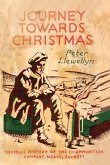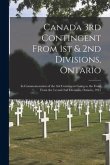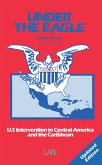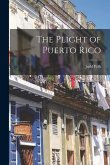This 2nd Edition printed book (Nov. 2016) is an "expanded and updated" print version of my 1st Edition book of March 2013 (as well as my digitized Amazon.com e-book version, also of March 2013). This 2nd Edition book provides an historical, social, economic and geographical analysis (refer to Puerto Rico's August 1899 devastating hurricane which greatly adversely affected its economy, its agriculture and its population) which then created the conditions for immigration, en masse, from Puerto Rico (AKA: "Porto Rico" from 1898 to 1932) to California (1850-1925), as well as to the then Hawaiian Territory (from December 23, 1900-1925). The Puerto Rican diaspora to the United States, as well as to Hawaii, are partially attributed to Hawaii's long-lasting historical need for "cheap" labor. Puerto Rico's immigration history is briefly compared to the different European Ethnic Groups which were also recruited by the Hawaiian Sugar Industry personnel to also work in the Hawaii sugar cane fields, as well. This 2nd Edition consists of 256 pages, and has a comprehensive and detailed "Topical Index", an "Epilogue", in addition to having 27 other Chapters. It has a total of 423 Bibliographic Sources, many of which are "Primary Sources". It also has 32 "Exhibits" (i.e., photos, copies of Census pages from the 1852 State of California Census, the 1860, 1870 and 1900, and the 1920 U.S. Federal Census, as well). Several photos from 1890s life in Puerto Rico (under the Spanish colonial rule), as well as photos from the December 15, 1900 issue of the San Francisco Examiner newspaper are also provided. Additionally, this book has two demographic population Tables/Charts which provides the Puerto Rican population figures in 1900, 1910, 1920 and for 2000, for selective cities and counties in California (e.g., San Francisco, CA; Alameda County; City of Oakland; City of Los Angeles; Los Angeles County; City of San Diego; San Diego County; New York City; as well as for the United States and for Puerto Rico, for the above cited years. A copy of the first "employment contract" which was presented to the first Puerto Rican (AKA: "Porto Ricans" from 1898 to 1932) field laborer immigrants to Hawaii titled, Report Commissioner of Labor on Hawaii. 1902 (1903), is provided. The first 50 pages or so are significantly devoted to the Puerto Rican immigrants to Hawaii from 1900 to 1925. A significant portion of the remaining narrative portion of the book is devoted to the San Francisco, CA, Bay Area, as well as in the Northern California area, where the vast majority of the Puerto Rican immigrants in California from 1900 to 1925, resided during this time. Los Angeles County and San Diego County are briefly discussed in my book. In particular, Puerto Rican enclaves (i.e., colonias) in the San Francisco area were identified both by their street names, as well as by their numerical population figures that constituted these then emerging communities. From a genealogical standpoint the book contains the names of over 350 Puerto Rican laborer emigrants (and where known, those of their children) from Puerto Rico that arrived in either California (from 1850-1925), and/or to Hawaii (on December 23, 1900). Where known, the Occupation, or Profession, of these immigrants, as well as the names of the spouse is identified as well. The name and brief history of possibly the first "Census documented" person who emigrated from Puerto Rico to California (in December 1849), namely, Simon M. Mezes (AKA: S.M. Mazie). Mr. Mezes' historical pioneering significance to the State of California is described, including his finding of what today is known as Redwood City, California on August 1, 1856 (the original name of this City was called Mezesville, and this name was changed upon its "incorporation" in 1867). A copy of Mr. Mezes' August 1, 1856 map of his city is provided! Redwood City, in San Mateo County, is in the San Francisco Bay Area.
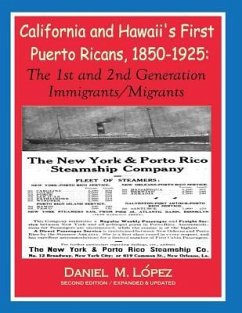
![Minutes of Organization [serial]: and of 1st and 2nd Annual Conventions, United Daughters of the Confederacy, North Carolina Division; 1897-1898 Minutes of Organization [serial]: and of 1st and 2nd Annual Conventions, United Daughters of the Confederacy, North Carolina Division; 1897-1898](https://bilder.buecher.de/produkte/65/65507/65507161m.jpg)
